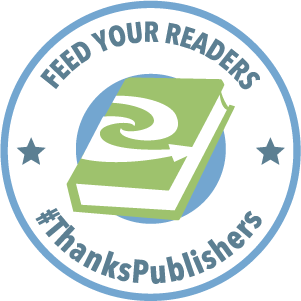A groundbreaking, triumphant investigation of the uterus—from birth to death, in sickness and in health, throughout history and into our possible future—from midwife and acclaimed writer Leah Hazard
The size of a clenched fist and the shape of a light bulb—with no less power and potential. Every person on Earth began inside a uterus, but how much do we really understand about the womb? Bringing together medical history, scientific discoveries, and journalistic exploration, Leah Hazard embarks on a journey in search of answers about the body’s most miraculous and contentious organ. We meet the people who have shaped our relationship with the uterus: doctors and doulas, yoni steamers and fibroid-tea hawkers, legislators who would regulate the organ’s very existence, and boundary-breaking researchers on the frontiers of the field. With a midwife’s warmth and humor, Hazard tackles pressing questions: Is the womb connected to the brain? Can cervical crypts store sperm? Do hysterectomies affect sexual pleasure? How can smart tampons help health care? Why does endometriosis take so long to be diagnosed? Will external gestation be possible in our lifetime? A clear-eyed examination of the cultural prejudices and assumptions that have made the uterus so poorly understood for centuries, Womb takes a fresh look at an organ that brings us pain and pleasure—a small part of our bodies that has a larger impact than we ever thought possible.
Thanks to NetGalley and Ecco for this review copy!
Every woman has one, but do they understand what the womb really does? Once you read this informative book you will be so happy the author wrote it.
When I saw that a midwife authored this book, I knew that it would be relevant, detailed, and female friendly. The womb is regulated by the government, dismissed by some physicians, and disparaged by men. It is also a misunderstood organ, considered to be simply the place where the fetus lives. That could not be farther from the truth! The uterus has far -reaching effects upon a woman, more than just the cause of mood swings each month during menstruation.
Each chapter discusses a different subject, such as endometriosis, hysterectomies, transplants (yes, you can put a uterus into a woman just like a heart transplant) hormones, and the various stages of the womb from first menses to menopause. The final chapters are reminiscent of BRAVE NEW WORLD, as the author discusses the possibility of an external uterus (called a biobag) and ways that a woman could be pregnant even without a womb.
There are stories in each chapter that make you realize just how much this organ is ignored and how men have used and abused it, from Josef Mengele’s experiments to the eugenics movement in the United States. Some of the details are cringeworthy, such as the woman who tried to remove her own uterus, or the story of the doctor at the Irwin County Detention Center whom they called the “uterus collector”.
Since Roe v. Wade has been overturned, women’s reproductive rights have been at the forefront of a great deal of news cycles. It seems unreal how the government, especially male politicians, have the final say on whether a woman can end her pregnancy or not. Regardless of your convictions (pro-choice or pro-life), it is unfathomable that a woman has no control over her own organs.
This book should be required reading for anyone that has a uterus. There are so many amazing facts and thought-provoking ideas – it’s almost guaranteed that you will learn something as you read WOMB. The author’s writing style is easy to understand, as she explains the science and history of this wonderful organ in a way that will make you want to keep reading.
Want your own copy? You can pick it up here.















Recent Comments